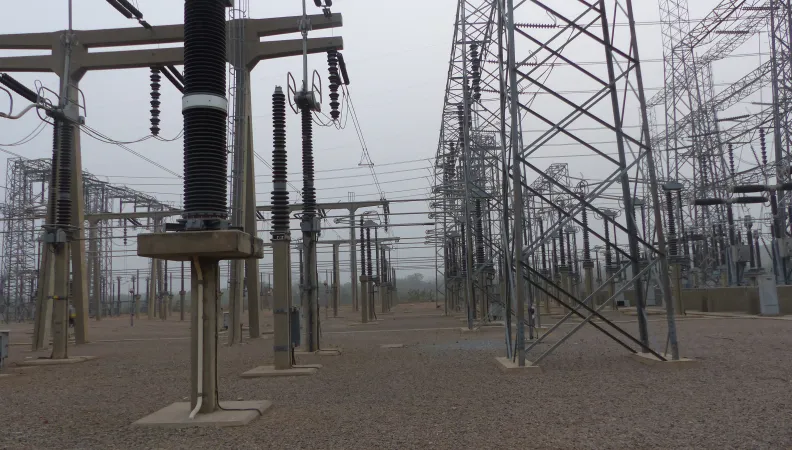Share the page
Secure Power Supply in the Federal Capital
Project


-
Project start date
-
Status
Ongoing
-
Project end date
-
-
Project duration
-
6 years
-
AFD financing amount
-
US$ 170000000
-
Country and region
-
Location
-
Abuja, Nigeria
-
Type of financing
-
Beneficiaries
-
Transmission Company of Nigeria (TCN)
Improving access to electricity is at the core of Nigeria’s development strategy. AFD participates in reinforcing the power transmission network in Abuja, the federal capital of Nigeria.
Context
Nigeria has an installed power generation capacity of 8,600 megawatts. According to estimates from the long-term development plan, Nigeria Vision 20:2020, this capacity must be increased to 40 gigawatts by 2020. The electricity generation, transmission and distribution capacities of the country have become obsolete. The available power is limited to 4,500 megawatts, causing frequent power outages.
These dysfunctions currently deprive more than 55% of the Nigerian population of access to electricity, especially in rural areas. In 2012, the level of power consumption in Nigeria was at 150 kilowatts hour per capita against 2,200 for Brazil and 4,500 for South Africa. The power deficit is estimated at more than 7,000 megawatts. This need is particularly important in Abuja, the federal capital, which numbers around 3 million inhabitants.
An improved access to electricity is the main expectation of the Nigerian population, who sees it as the first indicator of efficiency of the Federal Government policy.
Description
The reinforcement of the supply network into Abuja targets the provision of a safe access to electricity in the Nigerian federal capital.
It has a three-fold objective:
- to increase the capacity of the power transmission network: the project encompasses the construction of six power transmission lines for the Abujal metropolitan area;
- to improve power availability: five new substations will be built, to step-down incoming high-voltage power and supply the distribution network;
- to ensure the stability and reliability of power supply: this includes the provision of telecommunications equipment and data-processing software.
Impacts
- Construction of six power transmission lines.
- Five new substations put into service.
- Extension of the old Apo substation.
- Better network reliability and stability.


